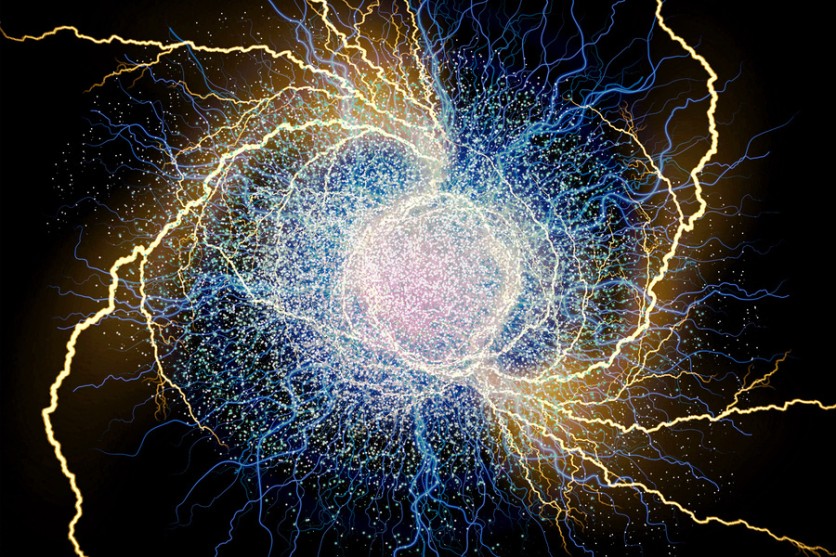Can electricity behave like water?
For the first time, "electron whirlpools" have been discovered by MIT researchers. According to News Atlas, when electricity moves as a fluid, strange behavior occurs, which could lead to more effective electronics.

Fluid As Honey
Given that electricity and water are composed of discreet particles, one could assume they would behave similarly. Electrons are significantly smaller than water molecules, meaning their environment than other molecules more impacts them, but water molecules are large enough to flow together.
News Atlas explains that it has been hypothesized that under ideal circumstances, such as at temperatures close to absolute zero and in flawless, defect-free materials, quantum effects should take control of electricity's motion and enable them to move as an electron fluid with the fluidity of honey.
If scientists can trigger such electronic behavior, it might result in more advanced electronic gadgets where electricity moves freely.
But now, experts from MIT and the Weizmann Institute of Science have witnessed electrons swirling in whirlpools or vortices, a characteristic of fluid flow that theorists had hypothesized electrons should display but had never before been confirmed until this new study.
The MIT research team detected a hint of an electronic fluid in their latest investigation. However, it must be noted that such discovery is an example of a typical fluid flow configuration, but since electrons are rarely able to form, they are also hard to discover.
Particularly, MIT scientists discovered the electron whirlpools inside the crystals of tungsten ditelluride.
Read also : MIT Researchers Used AI to Make Traffic Go Smoothly and Reduce Fuel Consumption and Emissions
What is Tungsten Ditelluride?
According to study co-author Leonid Levitov, tungsten ditelluride is one of the newest quantum materials where electrons engage intensely and behave more like quantum waves than particles.
Levitov added that the substance is extremely pure, making the fluid-like behavior readily accessible.
The team etched a small tube with round chambers on either side of the material, then passed a current into it to gauge the flow of electrons.
Even though they fanned out into the chambers and then returned to the central channel, electrons in conventional materials like gold would always travel in the same general direction, according to News Atlas.
In contrast, the electrons in the tungsten ditelluride whirled across the spherical chambers, switching positions and producing whirlpools.
Electron vortices were once believed only in theory, there hasn't been any direct evidence of it, and Levitov said that "seeing" is indeed "believing."
"Now we've seen it, and it's a clear sign of being in this new regime, where electrons behave as a fluid, not as individual particles, " the physicist remarked.
The findings, published in the journal Nature, may have significant implications for creating more energy-efficient electronics.
Related Article : MIT's New Drug Cures Hearing Loss But It'll Make Your Ears Hairy
This article is owned by Tech Times
Written by Joaquin Victor Tacla




